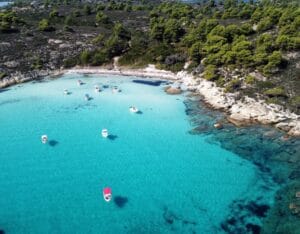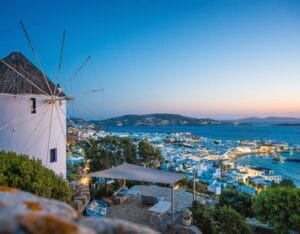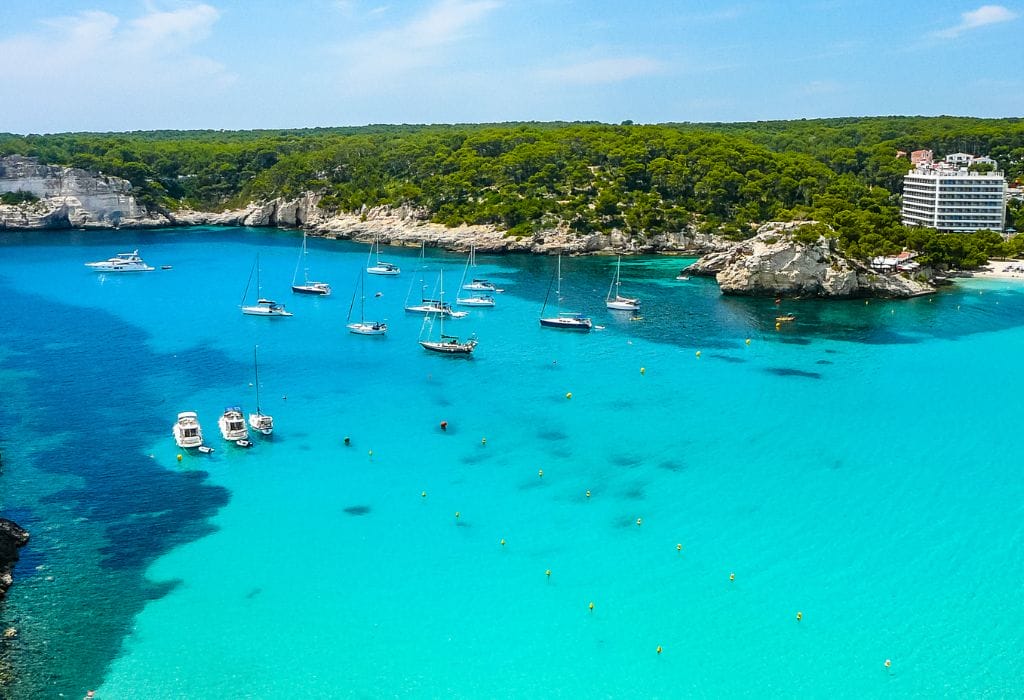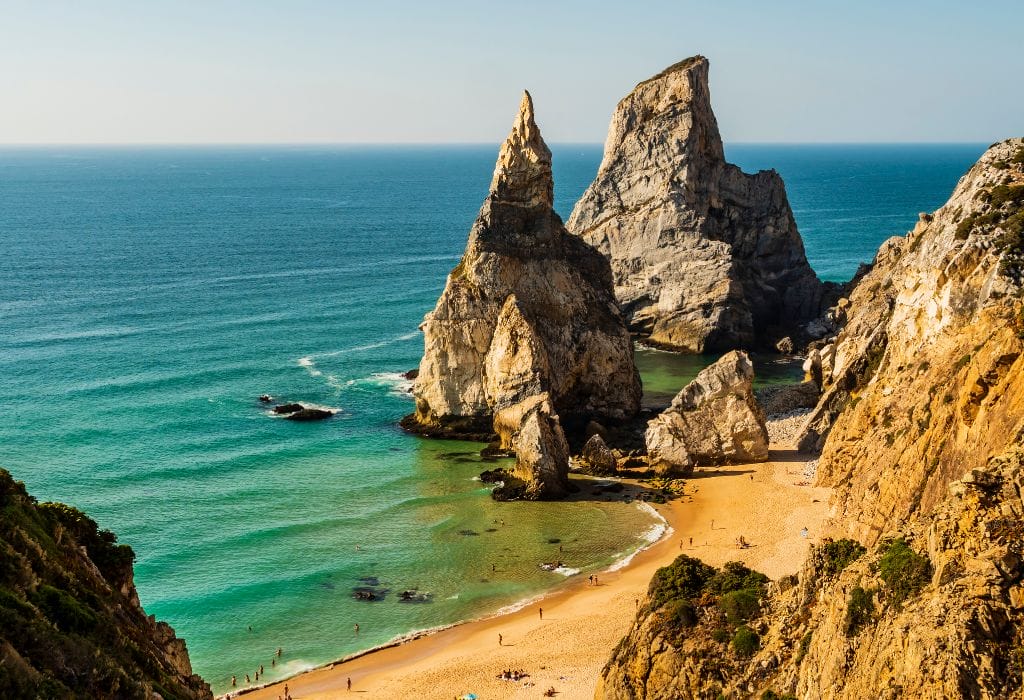
Praia da Ursa, Portugal: A Wild and Untamed Coastal Gem
Introduction
Near the westernmost point of mainland Europe, Praia da Ursa is a secluded beach that remains one of Portugal's most breathtaking natural wonders. As the third entry in our "Top 5 Hidden Beaches in Europe" series, Praia da Ursa offers a truly wild and untamed landscape. Nestled at the base of rugged cliffs, the beach is renowned for its dramatic rock formations, golden sands, and the sense of isolation it provides to those adventurous enough to seek it out. For American travelers looking to experience Europe's raw, natural beauty, Praia da Ursa presents a perfect opportunity to explore a lesser-known yet incredibly striking coastal destination. This beach is not just a place to relax but an adventure, offering stunning views, challenging hikes, and the reward of discovering one of Portugal's most hidden treasures.
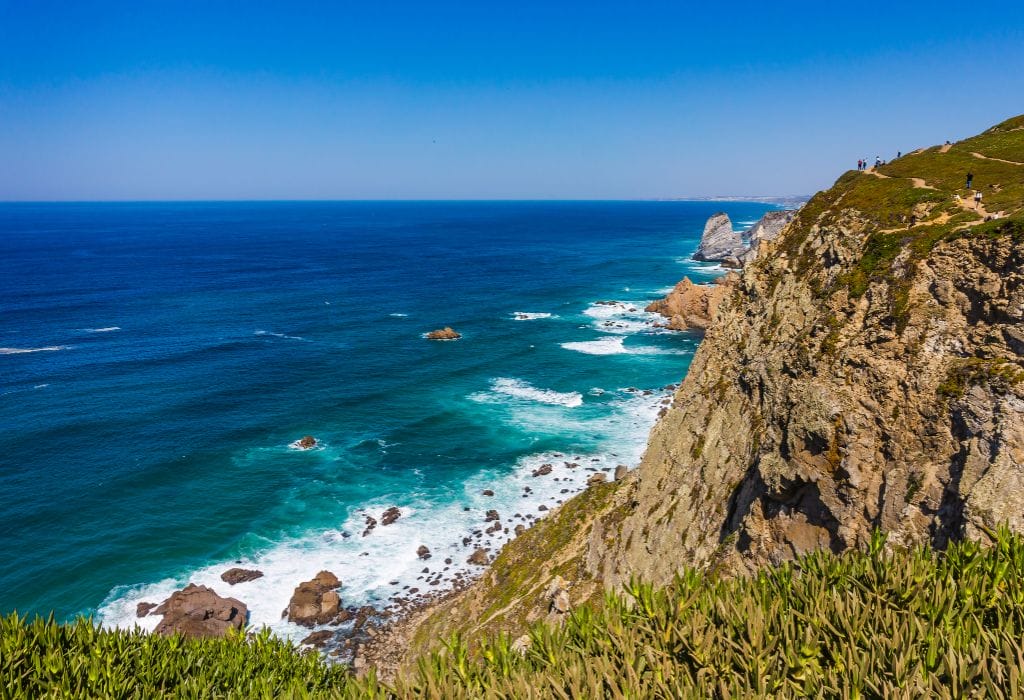
The History and Significance of Praia da Ursa
Praia da Ursa is named after one of its most distinctive rock formations, which resembles a bear ("Ursa" in Portuguese) standing sentinel at the sea's edge. This beach near Cabo da Roca, the westernmost point of mainland Europe, has long been a favorite among locals but remains relatively unknown to international tourists. The rugged landscape and difficult access have helped preserve Praia da Ursa's wild beauty, making it a truly hidden gem along the Portuguese coastline.
The beach's location near Cabo da Roca has made it a significant site for those interested in geography and natural landmarks. Cabo da Roca is historically significant as a navigational landmark for sailors during the Age of Discovery. For American travelers, visiting Praia da Ursa provides a chance to experience a stunning natural landscape and connect with Portugal's rich maritime history. This country played a crucial role in the exploration of the New World.

The Natural Beauty of Praia da Ursa
Praia da Ursa is celebrated for its raw, unspoiled beauty. The beach is framed by towering cliffs that plunge dramatically into the Atlantic Ocean, creating a secluded cove wholly cut off from the modern world. The golden sands are interspersed with striking rock formations, including the iconic "Ursa" rock, which gives the beach its name. These natural sculptures, carved by the relentless wind and sea, add to the beach's rugged charm.
The water at Praia da Ursa is a vibrant shade of blue, often accentuated by the crashing waves characteristic of this wild stretch of coast. Praia da Ursa offers a more untamed experience, unlike more sheltered beaches, with the sound of the surf and the wind adding to the sense of adventure. The beach is ideal for those who enjoy exploring tide pools, rock climbing, or simply soaking in the dramatic scenery.
One of the unique aspects of Praia da Ursa is its isolation. The beach is not easily accessible, requiring a steep and sometimes challenging hike down the cliffs. This difficulty ensures that the beach remains less crowded, offering a sense of solitude that is rare in more popular tourist destinations. For American travelers used to busier beaches, Praia da Ursa provides a rare opportunity to experience nature in its most pristine form.

How to get there
Travel Logistics for American Visitors: Most American travelers will arrive in Portugal via Lisbon, the country's capital, well-connected to major U.S. cities like New York, Miami, and Boston. Praia da Ursa is about an hour's drive west of Lisbon, making it an easily accessible day trip. Renting a car is the most convenient way to reach the beach, and booking in advance is advisable, especially during peak travel seasons.
By Car and Hike: To reach Praia da Ursa, drive west from Lisbon towards Sintra and follow the signs to Cabo da Roca. The beach is just a few kilometers north of Cabo da Roca, and a small parking area is near the trailhead. Visitors must embark on a steep and rocky trail down the cliffs from the parking area. The hike is challenging and not recommended for those with mobility issues, but the reward is well worth the effort. The trail offers stunning coastline views, and as you descend, the sound of the waves crashing against the rocks grows louder, heightening the anticipation of reaching the beach.
By Public Transport: For those who prefer not to drive, it's possible to take public transport from Lisbon to Praia da Ursa. Buses run from Lisbon to Cabo da Roca, where you can hike to Praia da Ursa. However, be prepared for a longer journey and a less flexible schedule.
Best Time to Visit: The best time to visit Praia da Ursa is during the late spring or early autumn when the weather is mild and the summer crowds have dissipated. Due to the challenging hike, it's advisable to visit during the day when there is plenty of daylight. Sunrise and sunset at Praia da Ursa offer particularly spectacular views, with the soft light casting long shadows across the rugged landscape.
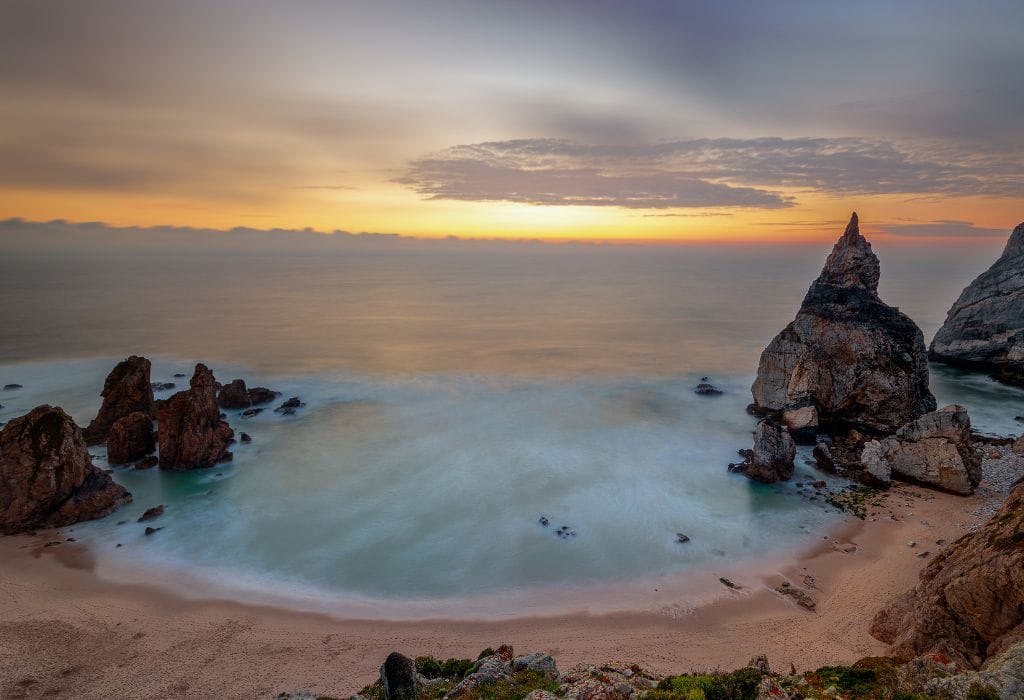
Travel Tips for American Travelers
Driving in Portugal: If you plan to rent a car to reach Praia da Ursa, an International Driving Permit (IDP) is recommended, although not required if you have a valid U.S. driver's license. Most rental cars in Portugal are manual, so reserve one in advance if you prefer an automatic transmission. The roads to Praia da Ursa can be narrow and winding, so careful driving is essential.
Currency and Payments: Portugal uses the Euro (€), and while credit cards are widely accepted, it's advisable to carry some cash, especially when visiting more remote areas like Praia da Ursa. Ensure your credit card doesn't have foreign transaction fees, and notify your bank of your travel plans to avoid any issues with international transactions.
Health and Safety: Travel insurance is highly recommended for American travelers visiting Portugal. This should cover health, accidents, and trip cancellations. The emergency number in Portugal is 112, and it is available for police, medical, and fire emergencies. The hike to Praia da Ursa is steep and challenging, so wearing appropriate footwear and carrying water is essential. Be mindful of the tides and weather conditions, as the beach can become dangerous during high tides and storms.

Language Tips: While English is commonly spoken in tourist areas, learning a few basic Portuguese phrases can enhance your experience and help you connect with locals. The Portuguese people are known for their hospitality, and a simple "Bom dia" (Good morning) or "Obrigado/Obrigada" (Thank you) goes a long way.
Cultural Differences: In Portugal, it's common for businesses to close for a long lunch break, typically between 1 PM and 3 PM. Dinner is usually served later, around 8 or 9 PM, so plan your meals accordingly. Take advantage of the slower pace to enjoy a leisurely meal and immerse yourself in the local culture.
Visit our Portugal Profile to discover all the essential information about culture and history and practical tips for your trip.
Nearby Attractions and Accommodation Recommendations
Nearby Attractions: While Praia da Ursa is a highlight of the Sintra-Cascais Natural Park, many other attractions are worth exploring nearby. Cabo da Roca, the westernmost point of mainland Europe, is just a short drive away and offers breathtaking views of the Atlantic Ocean. The historic town of Sintra, a UNESCO World Heritage site, is also nearby and is famous for its palaces, gardens, and romantic architecture. Pena Palace and the Moorish Castle are must-visit sites in Sintra, offering a glimpse into Portugal's royal history.
Accommodation Recommendations: There are several charming places to stay near Praia da Ursa. For a luxurious experience, consider the Penha Longa Resort in Sintra, which offers a blend of historic charm and modern amenities. The Vila Galé Sintra provides stunning views and a serene environment for those looking for something more intimate. Suppose you prefer to stay closer to nature. In that case, the Eco-lodge Brejo da Amada provides a unique glamping experience near the beach, fully immersing yourself in the region's natural beauty.
At a Glance: Discover the Best of Greece
Visit our Greece Profile to discover all the essential information about culture, history, and practical tips for your trip
Conclusion
Praia da Ursa is more than just a beach—it's an adventure that combines the raw beauty of nature with a sense of discovery. For American travelers seeking to explore a truly wild and untamed part of Europe, Praia da Ursa offers an experience that is both challenging and immensely rewarding. Whether you're captivated by the dramatic rock formations, the isolated cove, or the exhilarating hike, Praia da Ursa is a destination that promises an unforgettable journey. As you stand on the sands of this hidden beach, with the Atlantic waves crashing at your feet, you'll understand why it's considered one of Portugal's best-kept secrets. Don't miss the next post in our "Top 5 Hidden Beaches in Europe" series, where we'll reveal another hidden coastal treasure waiting to be explored.
Check availability!
Discover more great Hotels!
Arrival Information
Arrival Information
| Departure City | Nearest Major Airport | Distance from Lisbon Airport (LIS) | Approx. Travel Time from Lisbon Airport | Approx. Travel Time from Lisbon City Center |
|---|---|---|---|---|
| Lisbon | Lisbon Humberto Delgado Airport (LIS) | 45 km | 1 hour by car | 40 minutes by car |
| Cascais | Lisbon Humberto Delgado Airport (LIS) | 20 km | 30 minutes by car | 20 minutes by car |
| Sintra | Lisbon Humberto Delgado Airport (LIS) | 25 km | 35 minutes by car | 25 minutes by car |
| Cabo da Roca | Lisbon Humberto Delgado Airport (LIS) | 3 km | 10 minutes by car | 5 minutes by car |
Explore more from the same Top 5 Series:




